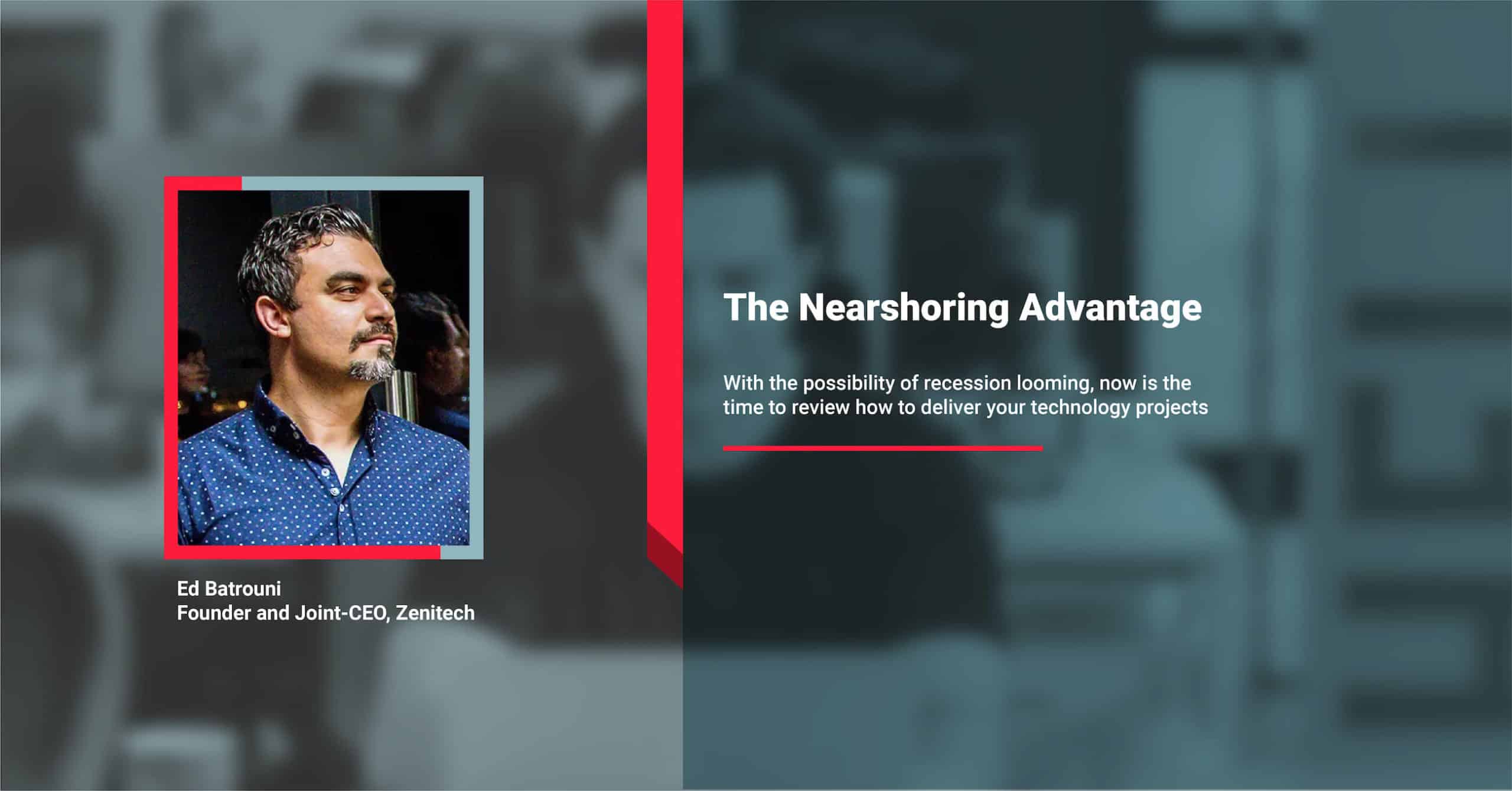With the likelihood of recession on the horizon, it’s a good time for your organisation to review the complex web of legacy systems, processes and suppliers used to deliver tech projects that it may have established over the years.
All businesses are under pressure to cut budgets, and are assessing their spending as they streamline operations for leaner economic times. Most will be thinking about freezing or even reducing headcount, and implementing cost-saving technologies such as automation and artificial intelligence (and the best way to deliver them cost-effectively). But change can be disruptive. How do you make savings without causing real problems for the business?
Preparing for recession
Costs are going up, including the costs for people delivering the technology. Research from PWC shows that FTSE 350 companies are planning pay increases of between two percent and four percent in the UK, with similar figures in the US and Europe. In Asia Pacific and the Middle East and Africa, we’ll see pay increases of five percent across the board, and as much as 10 percent in technology and digital.
The answer could be in a combination of de-risking – looking at what costs you can make flexible – and analysing where you can introduce automation to drive efficiencies.
Delivering technology projects efficiently
Broadly speaking, you have three choices when deciding how to manage technology projects: managing the project in-house (which is a fixed cost); looking at onshore (UK-based) providers or individual contractors (which can get expensive); or outsourcing, either via farshore solutions, typically India, South East Asia or South America (which can be people-heavy and therefore expensive) or nearshore, typically eastern Europe.
When we set up Zenitech, we looked at all of these options to develop the one that was most effective for our clients. Nearshore was the obvious answer. Some of the best technology universities in the world are in Hungary, Lithuania and Romania, and it’s no coincidence that we have our bases in those countries. It gives us (and therefore our clients) access to top talent, on similar timezones to the UK.
It offers good value, without compromising on skill. Our amazing teams are talented at spotting opportunities to create efficiences by using automation and AI, and they can do that because our business model doesn’t rely on throwing as many bodies as possible at a project in order to build recurring revenues.
The net result for clients is high quality technology at great value, a predictable cost, and future-proofed tech investment.
This combination has never been more important for businesses than at a time of economic downturn.



